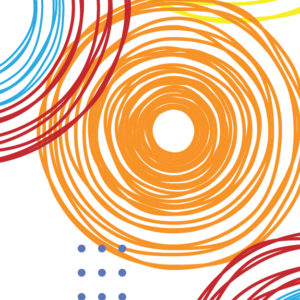How to Communicate with People on the Autism Spectrum
Autism is often misunderstood. Some view it as a disability while others simply understand it in the context of neurodiversity, contained within the varied ways that people think about and interpret the world. In this section we have defaulted to identity-first language because, while views are diverse, autistic people generally prefer this approach.
Autistic people span a wide range of both gifts and limitations. The saying goes, “If you’ve met one person with autism, you’ve met one person with autism!” Everyone is unique. Churches need to recognize the gifts and potential of people with autism and thoroughly consider how to support their communication, behavioral, and emotional needs.
Related: Getting to Know Autistic Jesus
Common characteristics of autism
- Alternative communication methods, including lack of or delay in spoken language, use of communication devices.
- Repetitive use of language and/or motor mechanisms.
- Little or no eye contact.
- May appear to lack interest in peer relationships, but likely desire relationships.
- Lack of spontaneous or make-believe play.
- Persistent fixation on parts of objects, routines, or topics.
- Tendency to take statements literally.
- Attempts to hide or escape from social situations (from Autism Society of America: autism-society.org).
Autism communication tips
In relating to autistic church members, here are some tips for communication—keeping in mind that everyone is unique!
- Give a typical greeting to the person, by name if possible.
- Offer, but don’t demand, a handshake or other social gesture.
- Work with the person and their family to identify possible areas where assistance may be helpful for participation and engagement (e.g. being accompanied by a friend for education, service, or worship opportunities).
- Routine is important for many people, including and often especially when they are autistic.
- Surprises can be scary. It is usually helpful to provide context by narrating activities and identifying what is happening next.
- Offer visual supports of instructions. This could include “social stories” which have proven to be useful for all children, not just people on the spectrum.
- Some autistic people may express confusion as anger. Work to identify the source of the frustration or confusion.
- Sudden, loud noises—including unexpected applause—may cause fear. However, some autistic people find loud noises comforting. It depends upon the person.
- Remember that, for some people, certain sensations that most people take for granted are distasteful or even painful.
Autism as a form of neurodiversity
Autism is a form of neurological difference, or difference in the way that people’s brains work. Such neurological differences are sometimes called neurodiversity. And although having a different brain than most people can be challenging, it can also be an advantage in some ways.
With many autistic people at the helm, a growing neurodiversity movement aims to elevate the gifts of neurodiversity and increase society’s acceptance of differences caused by autism and other forms of neurodivergence, such as ADHD.
Suggested resources:
- Autism and Your Church, by Barbara J. Newman
- Autism and Faith: A Journey into Community
Everybody Belongs, Serving Together is a collaboration of RCA and CRCNA Disability Concerns, Christian Horizons, and Elim Christian Services.
All rights reserved. This publication may be reproduced in whole or in part without permission, provided the source of the information is cited and the reproduction is not represented as an official version of the information produced. For all other uses, contact Reformed Church Press for permission. (questions@rca.org; 616-698-7071)
